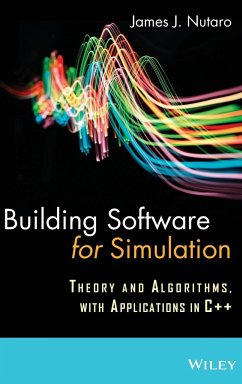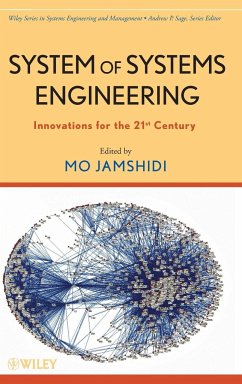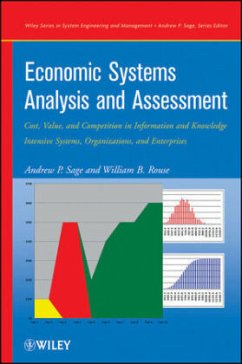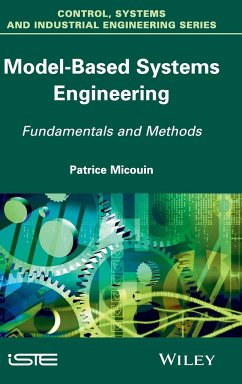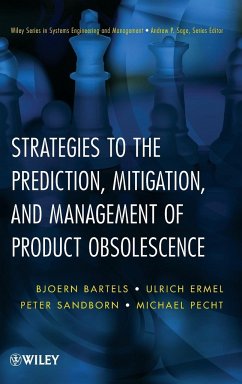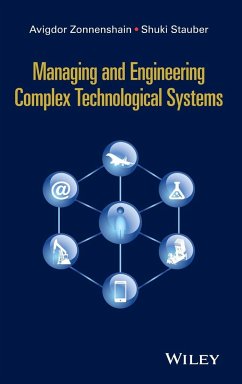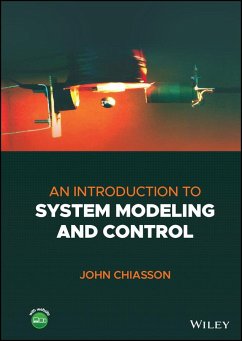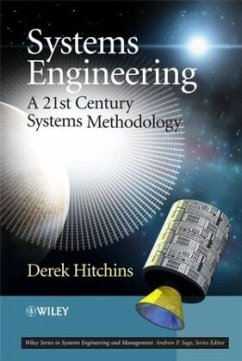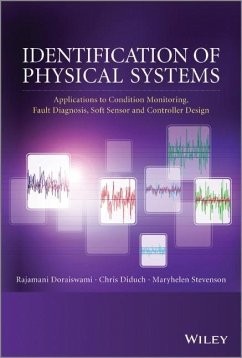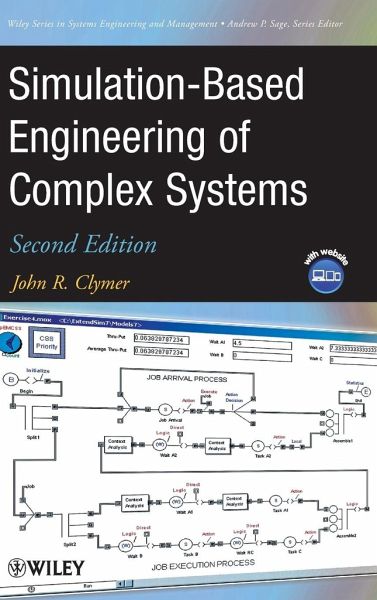
Simulation-Based Engineering of Complex Systems
Versandkostenfrei!
Versandfertig in über 4 Wochen
167,99 €
inkl. MwSt.

PAYBACK Punkte
84 °P sammeln!
The book includes real world examples of Complex Adaptive Systems (CAS), such as a traffic control network in order for the reader to gain a good understanding of the properties of CAS Focuses on Operational Evaluation Modeling (OpEM) where simulation of a system in its operational environment is a main theme.
A hands-on approach to understanding, designing, analyzing, and evaluating complex systems
During the last few years, Simulation-Based Systems Engineering (SBSE) has become an essential tool for the design and evaluation of complex systems. This is the first book to cover the basic principles of complex systems through the use of hands-on experimentation using an icon-based simulation tool.
Utilizing the accompanying software tool ExtendSim, which works with the OpEMCSS library, readers are invited to engage in simulation-based
experiments that demonstrate the principles of complex systems with an
emphasis on design, analysis, and evaluation. A number of real-world examples are included to demonstrate how to model complex systems across a range of engineering, business, societal, economic, and scientific disciplines.
Beginning with an introduction to SBSE, the book covers:
Simulation concepts and building blocks
Systems design and model development
Markov model development
Reliability processes
Queuing theory in SBSE
Rule-based learning and adaptation
Agent motion and spatial interactions
Multi-agent system of systems
Assuming only a very basic background in problem-solving ability, this book is ideal as a textbook for students (a homework solution manual is also available) and as a reference book for practitioners in industry.
During the last few years, Simulation-Based Systems Engineering (SBSE) has become an essential tool for the design and evaluation of complex systems. This is the first book to cover the basic principles of complex systems through the use of hands-on experimentation using an icon-based simulation tool.
Utilizing the accompanying software tool ExtendSim, which works with the OpEMCSS library, readers are invited to engage in simulation-based
experiments that demonstrate the principles of complex systems with an
emphasis on design, analysis, and evaluation. A number of real-world examples are included to demonstrate how to model complex systems across a range of engineering, business, societal, economic, and scientific disciplines.
Beginning with an introduction to SBSE, the book covers:
Simulation concepts and building blocks
Systems design and model development
Markov model development
Reliability processes
Queuing theory in SBSE
Rule-based learning and adaptation
Agent motion and spatial interactions
Multi-agent system of systems
Assuming only a very basic background in problem-solving ability, this book is ideal as a textbook for students (a homework solution manual is also available) and as a reference book for practitioners in industry.



